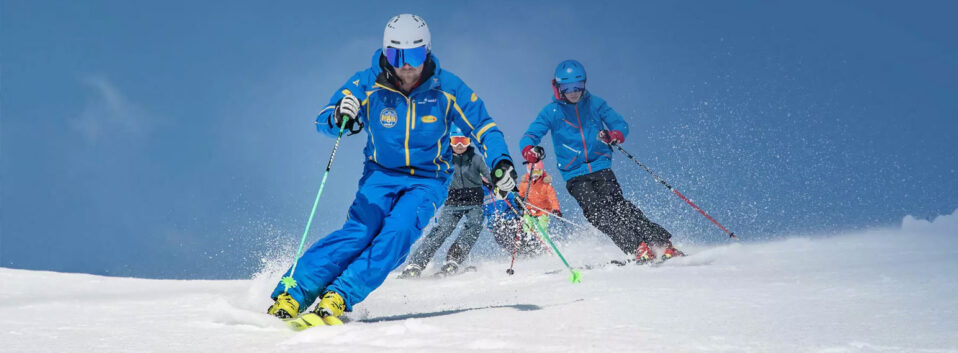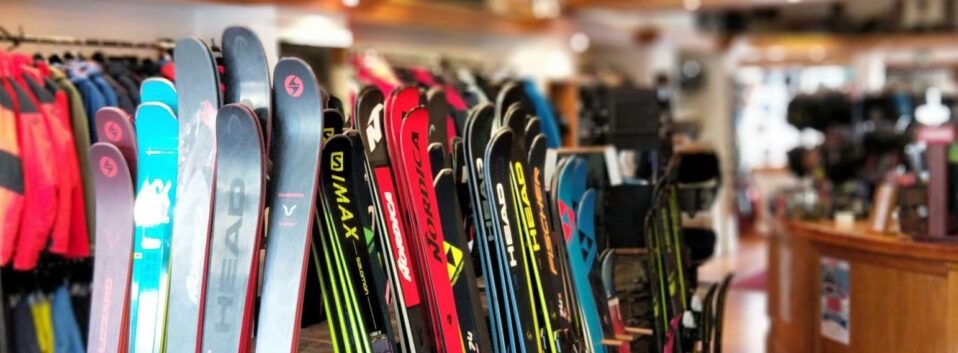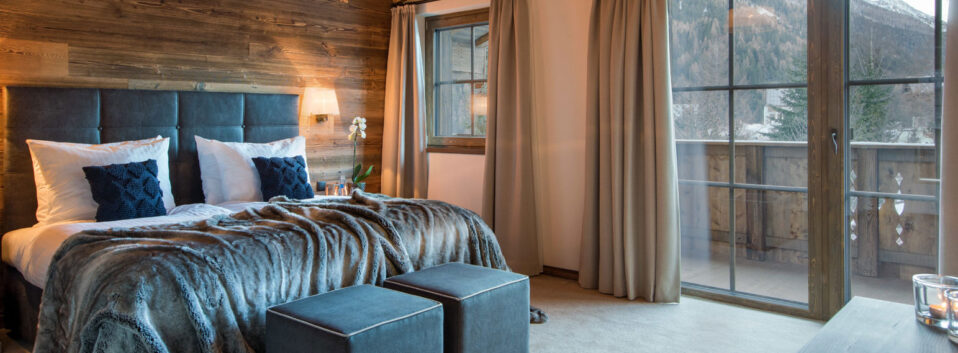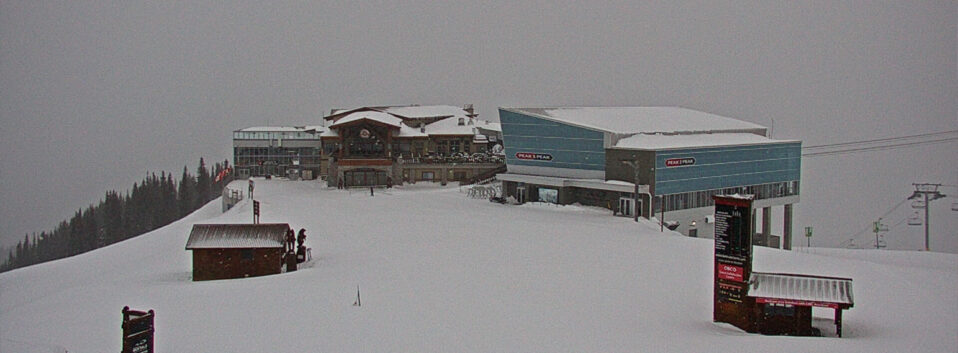St Anton am Arlberg
St Anton am Arlberg, the ski capital of Austria and one of the world’s leading ski resorts, is now linked to the rest of the vast Arlberg ski area. Although it has something for everyone, it's an ideal holiday destination for experienced skiers seeking challenging terrain and vibrant après ski.
Reliable snowfall and challenging skiing make St Anton and the Arlberg ski area a holy grail for advanced and expert skiers, but there is also masses of good skiing for intermediates and plenty of fun to be had by less experienced skiers and boarders too. And whilst St Anton is not really a classic ‘beginners resort’, it has has a wide choice of high quality ski schools for those who do want to learn or improve.
St Anton is also renowned for its great party atmosphere on and off the slopes. There are numerous mountain restaurants to lunch in, and several famous après ski bars on the lower runs back to the village, plus plenty more bars, restaurants and clubs in the resort itself. Similarly the resort is big enough to include every sort of accommodation, from luxury hotels in the smart pedestrianised centre, to simple guesthouses, chalets,and self-catering apartments, which tend to be further out in suburbs like Nasserein and St Jakob. Fortunately the ski-bus service is efficient, free and runs day and night.
Above St Anton, there are about 50 different pistes and ungroomed ski routes spanning every level of difficulty, from easy nursery slopes to some of the most extreme runs in Europe. But this is just a small fraction of what is available in the Arlberg ski area, and St Anton based skiers will want to explore further. First stop is the small high-altitude village of St Christoph, home to one of the most famous restaurants in the Alps (and several good ski-in, ski-out hotels); next is the off-piste mecca of Stuben am Arlberg nestled beneath the legendary Albona; then the snow covered grass meadows above the luxury ski resorts of Lech and Zurs; and beyond them is Warth Schroecken, Europe’s snowiest ski resort. All are linked together by one of the world’s most modern lift systems. The only part of the Arlberg that is not lift-connected is the small, quiet family friendly ski area at Sonnenkopf near Klosterle, which has to be reached by bus or taxi, and so is all too easily overlooked, making it an uncrowded treat for those who do pay it a visit.
That’s over 300 km of pistes and marked trails and over 200 km of off-piste, served by over 80 lifts, all covered by the Arlberg lift pass.


















